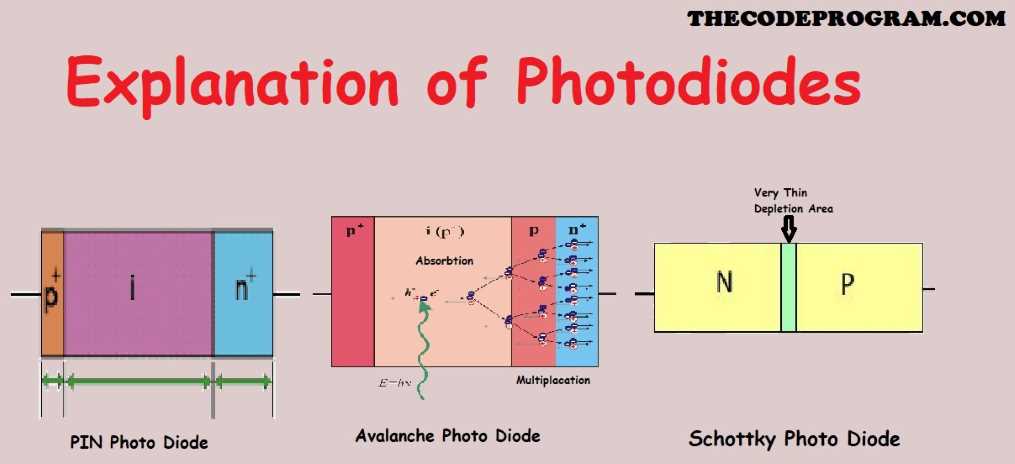
Explanation of Photodiodes
Hello everyone, In this article we are going to talk about Photo Diodes. We are going to talk about working principles, how do we use it in the cirsuits and where and for what purpose can we use them.Let's begin
When the light intensity getting increased the Photo Diode will be act like Zener diode. It starts to let the current to be flowed from cathode to anode.
For normal operation of photo diodes must be connectied to circuites with inverse polarity. If we connect photo diodes with normal polarity, it will act like normal diodes and we can not use it according to light intensity.
So we have to apply the negative(-) voltage to photodiodes anode and positive(+) voltage to photodiodes cathode.
Basic Principle of PhotoDiodes
When we connect a photodiode with normal polarity, it will act like normal diode.
When We conect a photodiode with inverse polarity, it will not transmit energy until apply light. To activate this photodiode we have to apply a light.
Due to Inverse polarity on the photodiode, a neutral zone occurs with no load. When light applied on this zone, free electrons increase and with this current transmitting will be started on this area.
Operational Modes of PhotoDiode
There are two operational modes of Photodiodes. These are
Photo Diode Types
As we call Photodiode there are 4 kind of photodiode exist. These types of photodiodes are in use at differant areas.
Performance parameters of a photodiode
There are some parameters to decide the performance of photodiode.
That is all in this article
Have a good photon catching.
Burak Hamdi TUFAN

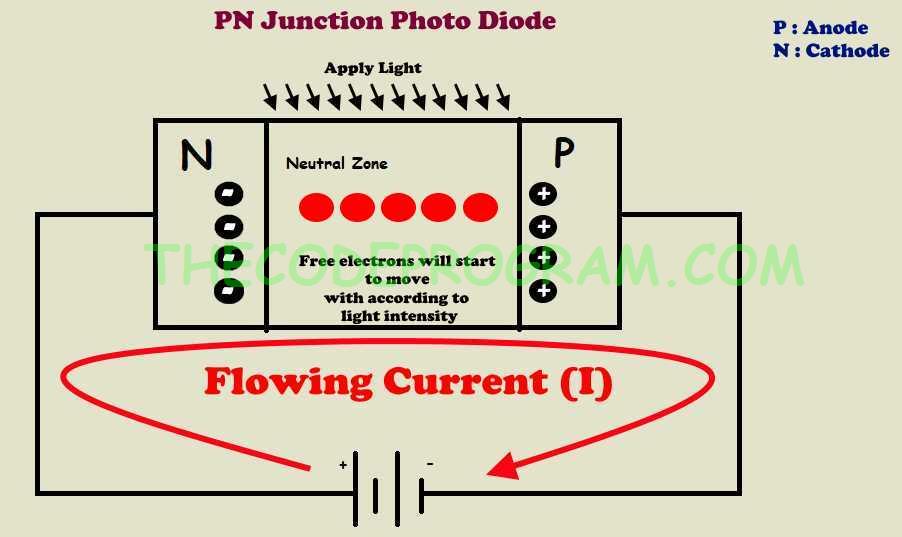


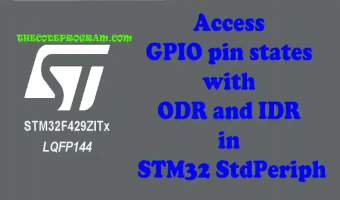
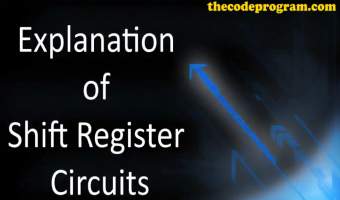
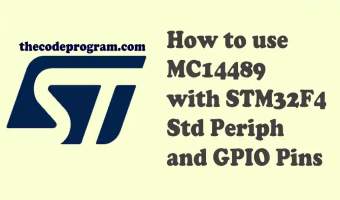
Comments